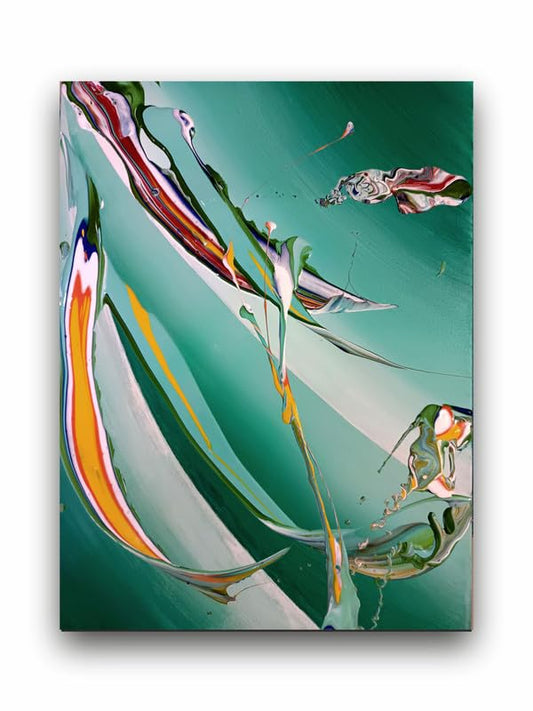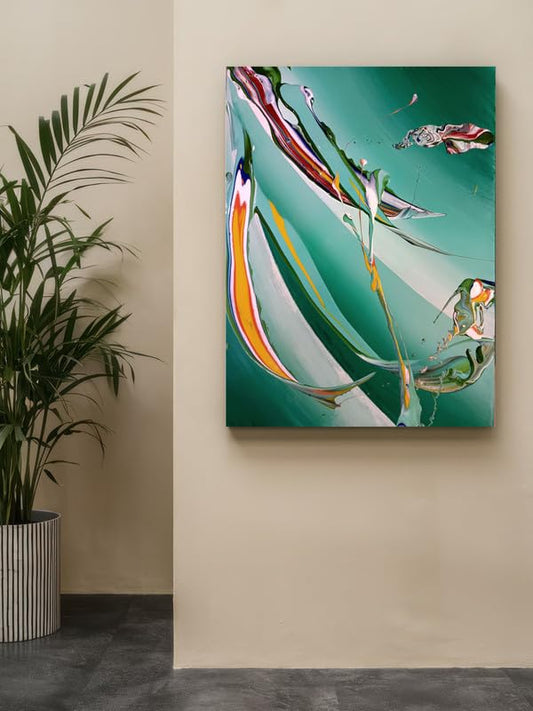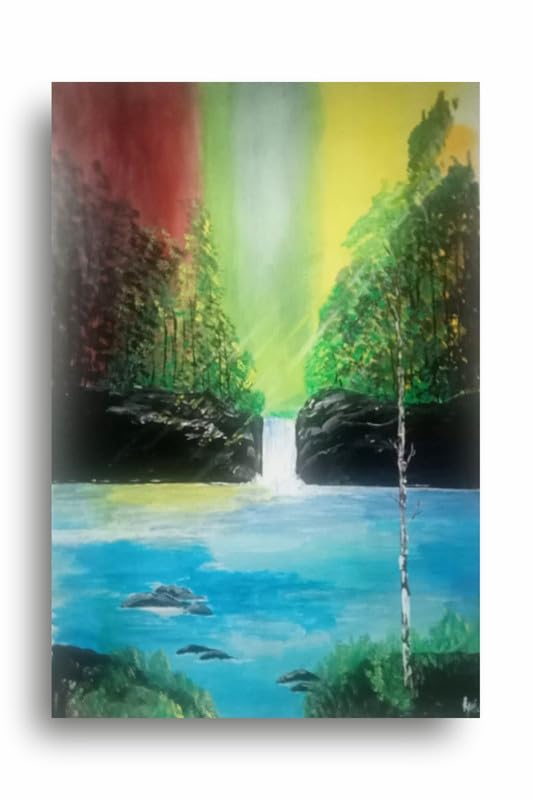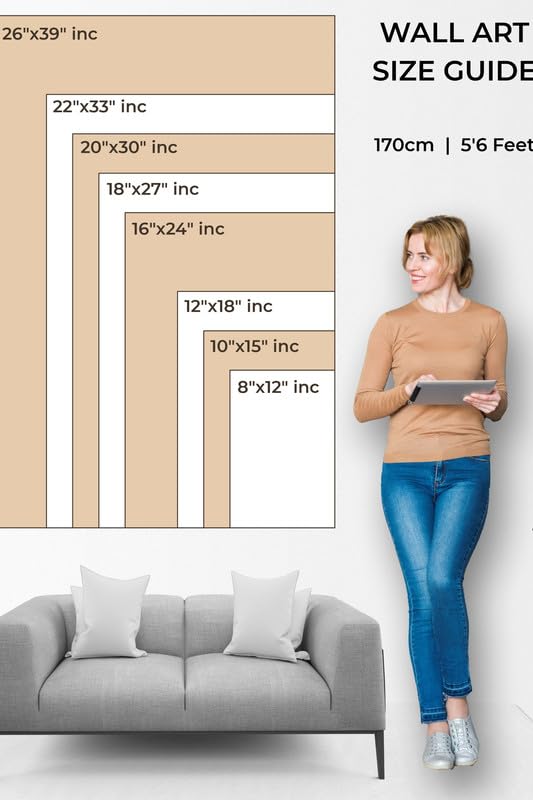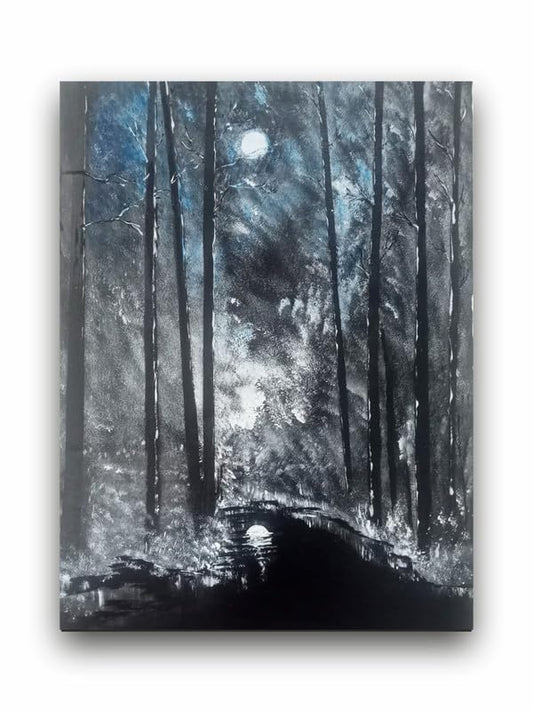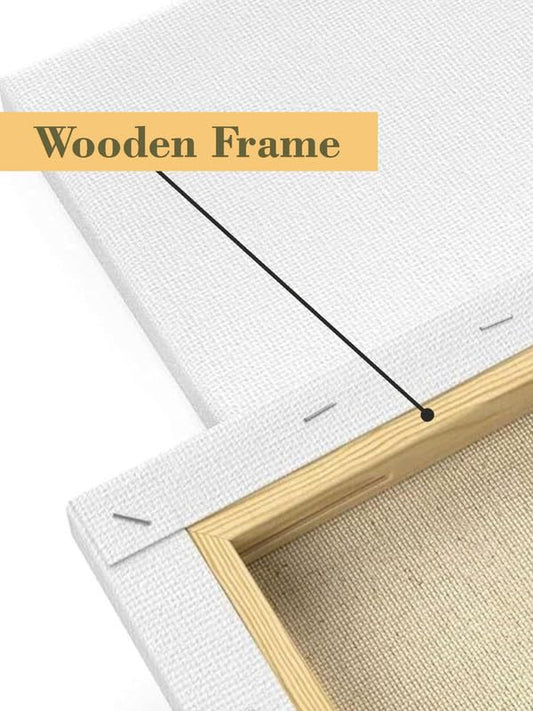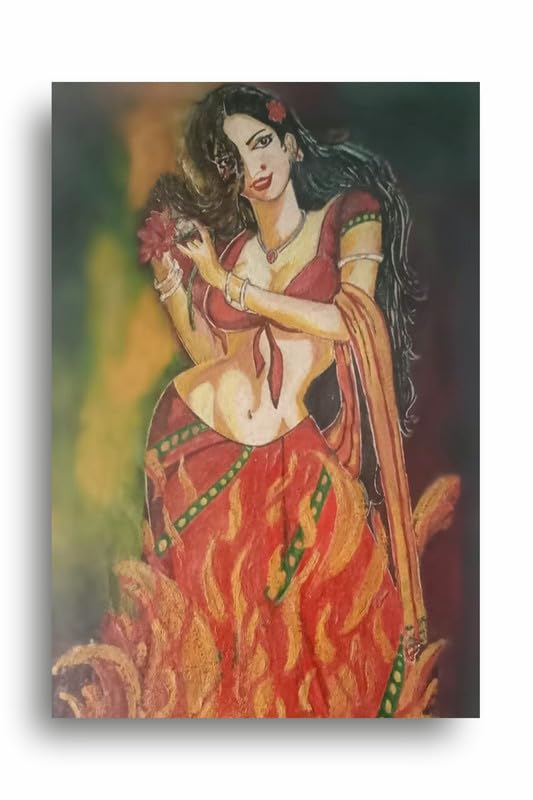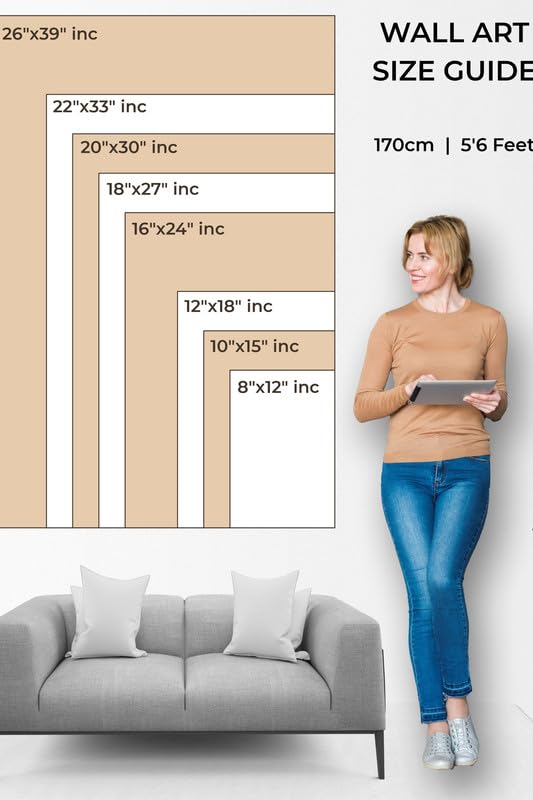
How to Make an Abstract Art Series: Telling a Visual Story
How to Make an Abstract Art Series: Telling a Visual Story
Abstract art is a very effective expression of emotions, ideas, and stories without the cage of realistic representation. It allows viewers to interpret and experience the work at a personal level. Among the most exciting approaches to abstract art is a series – a series of many pieces that together tell a visual story. Whether you're an established artist or are just beginning your creative journey, completing an abstract art series can be both fulfilling and transformative. Here is how you can do it.
1. Find Your Central Theme
The starting point in creating an abstract art series is establishing the central theme. This theme will be the backbone of your series and guide your process. It can be an emotion, a concept, or experience. To give an example, you can consider themes like "solitude," "movement," "chaos," or even something close to your heart like "the changing seasons." By narrowing in on a theme, you create depth and coherence in your series so that together, the impact is great.
2. Choose a Color Palette
Colors play a big part in abstract pieces and can be very evocative. Once you decide on a theme, you'll also decide on a color palette that embodies the theme. Perhaps your theme is "calm," and you would want to shoot a photograph with soft blues and greens; for "energy," you would most likely choose hot reds and oranges. Your color choices will not only unify your series but also be a method of narrating a story you're trying to illustrate. Stick with maybe three or four primary colors; however, do not be afraid to stray from the norm and try various tones and intensities.
3. Play Around with Various Techniques
An abstract art series does not have to be vertical. Use many different techniques throughout your pieces to keep the viewer interested, yet still find a way to keep it together. One could be very soft, created using sweeping brushstrokes, while another is something stiff, focusing on texture with lots of thick, impasto paint. You can also experiment with splatter, drips, or even mixed media that combines paper, fabric, or metallic for added texture. The variety in technique will lend your series an existence of its own but will not prevent it from telling a unified story.
4. Create Visual Rhythm
Think of your series as a storyline where each actor has a role within the storyline. While each piece must be different, it is still crucial that the pieces invest one with a sense of visual rhythm or continuity. While repetition of elements, shapes, or motifs over the pieces is attempted to give continuity, this can be something as simple as an instinctive repetition of line, pattern, or sequence working between the pieces. It will hence bestow a flow and movement to your series.
5. Compose a Story through Composition
Composition says a lot to people when it concerns abstract art. Abstract art may not be literal in terms of representing images, but the composition of elements within the canvas could set a story. Consider how placements of shapes, lines, and colors may engage a beginning, middle, and end. This can denote a climax, as the piece is chaotic and energetic, or, conversely, the smoother, more balanced a piece appears, the greater the chance of it portraying resolution or a time for reflection. Use composition to help guide the emotions of the viewer through your series.
6. Title Your Series Thoughtfully
Your series titles give you another opportunity to be able to repeat the visual story that you are getting across. A nice title can evoke questions and inspire people to come with a greater connection to your abstract pieces. It does not have to be so literal or didactic but hints at the emotions of the themes. For instance, if your theme is "transformation," you may name your series "Metamorphosis," which says a little more about your pieces.
Conclusion
Creating an abstract art series is a creative journey that lets you explore your theme, experiment in color and technique, and engage with your audience in the most personal sense. The contribution each piece brings to the series will make up the overall story of a visual experience that unfolds for viewers as they progress from piece to piece. So, grab your materials, trust your instincts, and let your emotions guide you in this journey of speaking through abstract art about visual storytelling.
How to Make an Abstract Art Series: Telling a Visual Story

